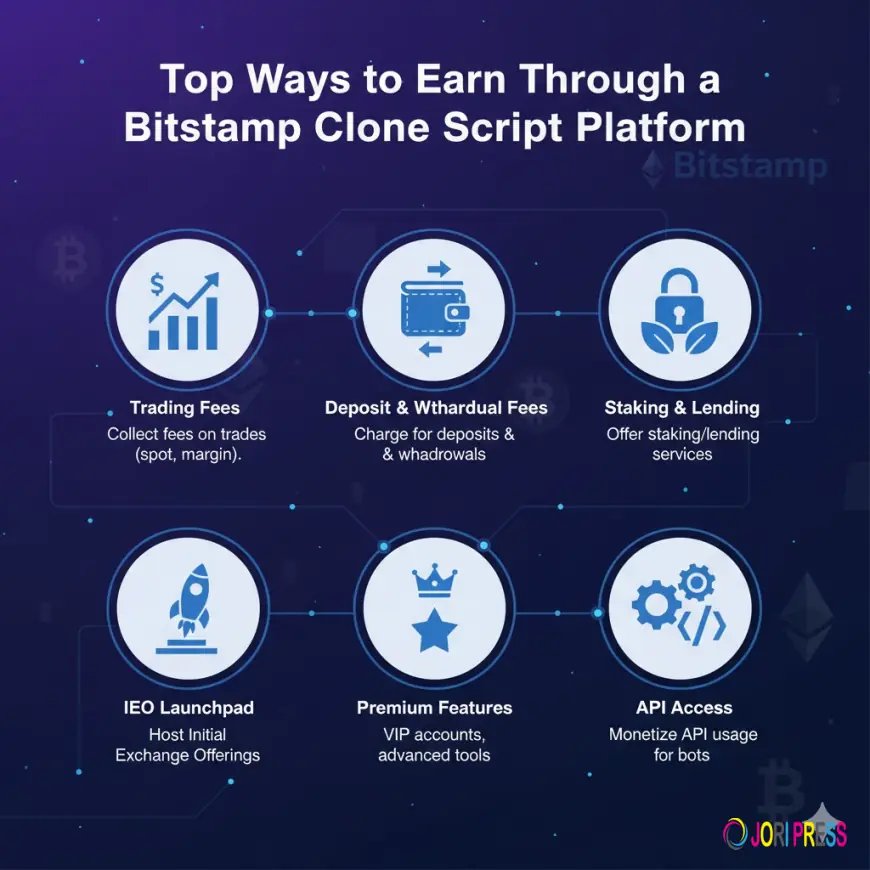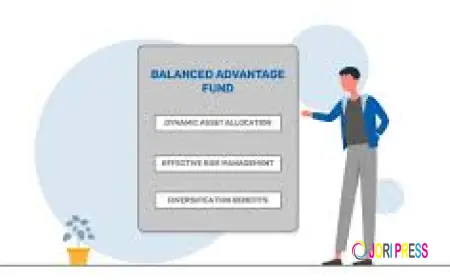Top Ways to Earn Through a Bitstamp Clone Script Platform
Explore practical and sustainable ways to earn through a Bitstamp Clone Script platform with fee models, staking rewards, and user engagement insights.

Digital trading platforms have become one of the most dynamic areas of modern finance. But building one from scratch is expensive, time-consuming, and technically challenging. That’s why many entrepreneurs are turning to Bitstamp Clone Script solutions — customizable platforms modeled after the trusted functionality of Bitstamp.
If you’re planning to launch or already managing a trading platform, understanding how it generates revenue is crucial. This guide breaks down the most practical, user-centered ways to earn through a Bitstamp Clone Script, focusing on real-world strategies that balance profit with transparency and long-term growth.
What Is a Bitstamp Clone Script?
A Bitstamp Clone Script is a ready-made, fully customizable trading platform designed to replicate Bitstamp’s core structure — including order matching, trading pairs, wallet systems, and secure transactions.
The main advantage lies in speed and reliability. Instead of coding everything from the ground up, you start with a proven framework that allows for customization in branding, design, features, and fee models.
Whether you deploy it as a Bitstamp Clone Software on desktops or as a Bitstamp Clone App for mobile users, it’s built to support smooth and compliant trading operations while minimizing development costs.
1. Trading Fees: The Foundation of Revenue
Trading fees are the lifeblood of most digital platforms. Every time a user executes a trade, the platform earns a small commission. This model is effective because it scales naturally — as trading volume increases, so does revenue.
There are different approaches:
-
Maker-Taker Model: Encourages liquidity by rewarding users who create new orders (makers) and charging slightly more for those who take them (takers).
-
Tiered Fee Structures: Reduces fees for high-volume traders, building loyalty while still maintaining steady income.
-
Dynamic Fees: Automatically adjust based on trading volume or market activity.
Even a small percentage — for instance, 0.1% to 0.2% — can generate meaningful returns as user activity grows.
2. Listing Fees for New Digital Assets
Many emerging projects are eager to have their assets listed on established trading platforms. You can charge a reasonable listing fee for reviewing and approving new listings.
This approach adds diversity to your marketplace and creates a sustainable income stream, especially when combined with careful due diligence and transparent criteria.
For users, it’s an opportunity to discover new assets; for platform operators, it’s a revenue model that rewards credibility and selectivity.
3. Deposit and Withdrawal Fees
While small, deposit and withdrawal fees can accumulate into a steady flow of revenue. These fees often cover network costs and help maintain operational stability.
A user-friendly approach is to keep deposits free and apply a small, transparent charge on withdrawals. Many successful platforms use this method because it aligns with user expectations while supporting maintenance and security overheads.
4. Staking and Reward Programs
If your Bitstamp Clone Script supports wallet and asset-holding features, you can introduce staking or yield programs.
Users lock their holdings to support network operations and receive rewards in return. The platform can retain a modest share of those rewards as a service fee.
It’s a win-win: users earn passive income, and the platform benefits from increased liquidity and retention.
5. Margin Trading and Interest Earnings
Adding margin trading functionality can open another revenue channel. Users borrow funds to increase their trading positions, and the platform earns interest on borrowed assets.
The key here is implementing strong risk management systems and clear communication. Transparency around fees and liquidation conditions builds user trust and regulatory confidence.
6. Membership or Subscription Tiers
Subscription models introduce predictable, recurring income. Instead of charging users only when they trade, platforms can offer premium memberships with benefits such as:
-
Lower transaction fees
-
Access to advanced analytics or data tools
-
Priority support
This model promotes user loyalty and stable revenue without pressuring users to trade constantly.
7. Advertising and Sponsored Content
Once your platform develops active traffic, it can host sponsored banners, educational posts, or partner promotions.
However, this should be done carefully — users come to trading platforms for clarity, not clutter. Ads should align with user interests (like educational tools, financial analytics, or hardware wallets) and be clearly labeled to maintain transparency and trust.
8. Affiliate and Referral Programs
Referral systems are one of the most organic ways to grow and earn simultaneously. Users invite others to join the platform and, in return, receive small incentives like fee discounts or reward points.
This model encourages community growth and engagement, helping the platform scale naturally while rewarding existing users for their advocacy.
9. White-Label Licensing and Partnerships
If your customized platform gains success, there’s an advanced option — licensing your modified Bitstamp Clone Software to others.
This approach transforms your platform from just a service to a scalable business framework. You can collaborate with startups, offer consulting or maintenance, and create additional partnership-driven income streams.
Optimizing Earnings Without Compromising User Trust
Revenue alone doesn’t define success. Sustainable platforms focus equally on transparency, usability, and reliability. Here are a few guiding principles to balance profitability with integrity:
-
Keep fee structures visible and fair. Hidden fees erode user trust.
-
Prioritize security. Breaches can cost more than they earn — integrate multi-factor authentication and cold storage.
-
Encourage education. Provide resources so users understand features like staking or margin trading.
-
Leverage analytics. Understand user behavior to fine-tune your pricing models.
When users feel informed and respected, they stay longer — and long-term users are the foundation of stable earnings.
Conclusion
Earning through a Bitstamp Clone Script platform isn’t about aggressive monetization — it’s about creating a sustainable ecosystem that benefits both the platform and its users.
From trading fees and staking to transparent listing models and community programs, every revenue stream can be structured ethically and strategically. The key is consistency, fairness, and adaptability.
As the digital trading space evolves, platforms that balance innovation with user trust are the ones that last. Building around that principle ensures your Bitstamp Clone App remains profitable and respected in the long term.
Frequently Asked Questions (FAQs)
1. How does a Bitstamp Clone Script generate income?
It earns primarily through trading fees, listing charges, staking commissions, and other value-added services like subscriptions or advertising.
2. Do I need technical expertise to operate such a platform?
Not necessarily. While technical knowledge helps, many clone scripts include admin dashboards, monitoring tools, and support documentation.
3. Are there legal considerations for running a trading platform?
Yes. Compliance with KYC, AML, and data protection regulations is essential. Legal consultation before launch is strongly advised.
4. How can I increase user engagement and retention?
Offer transparent pricing, strong customer support, referral bonuses, and educational content that empowers users to trade confidently.
5. Is it safe to integrate multiple earning models together?
Yes, as long as they’re clearly communicated and technically sound. A balanced mix of fee models can diversify income without overwhelming users.
What's Your Reaction?
 Like
0
Like
0
 Dislike
0
Dislike
0
 Love
0
Love
0
 Funny
0
Funny
0
 Angry
0
Angry
0
 Sad
0
Sad
0
 Wow
0
Wow
0
















































